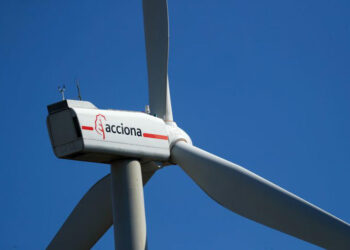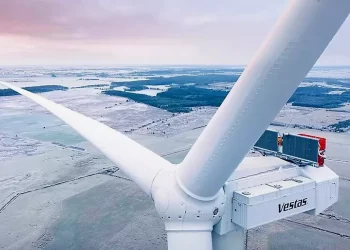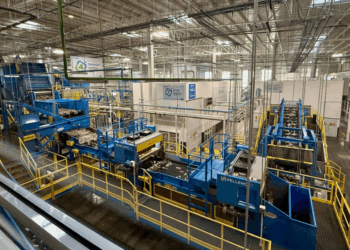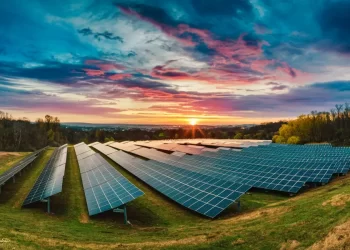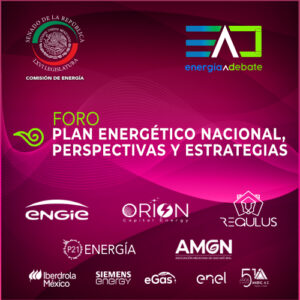Raúl Carral, Jyrki Leino (Wärtsilä Technical Journal)
The isolated power grid of Baja California Sur is facing severe challenges. Currently, the price of electricity is by far the highest in Mexico. The population also demands cleaner power with less emissions and more integration of renewable energy. Significant amounts of intermittent wind and solar power will come online, but several old thermal power plants must be mothballed. Due to the booming tourist industry, the electricity demand will almost double by 2030. (Figure 1)

According to the Secretary of Energy of Mexico (Sener), as much as 584 MW ? roughly half of the planned total capacity of 1,250 MW ? of new thermal generation capacity will be needed in the Baja California Sur grid. Decision-makers must determine which technology for this new thermal capacity will create a power system that functions optimally, in terms of affordability, reliability and sustainability.

Based on data from SENER and Energy Exemplar, Wärtsilä conducted a modelling study where state-of-the-art gas turbine power plants and internal combustion engine (ICE) power plants were compared as alternatives for the new-build capacity. The focus of the in-depth PLEXOS analysis is on system-level cost savings (OPEX+CAPEX), which will have a direct impact on the electricity price in Baja California Sur.

 Transporte y Logística
Transporte y Logística Tecnología e Innovación
Tecnología e Innovación Sustentabilidad
Sustentabilidad Responsabilidad Social
Responsabilidad Social Crisis Climática
Crisis Climática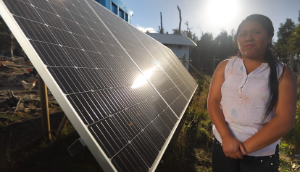 Pobreza Energética
Pobreza Energética Revista
Revista

 Infografías
Infografías



